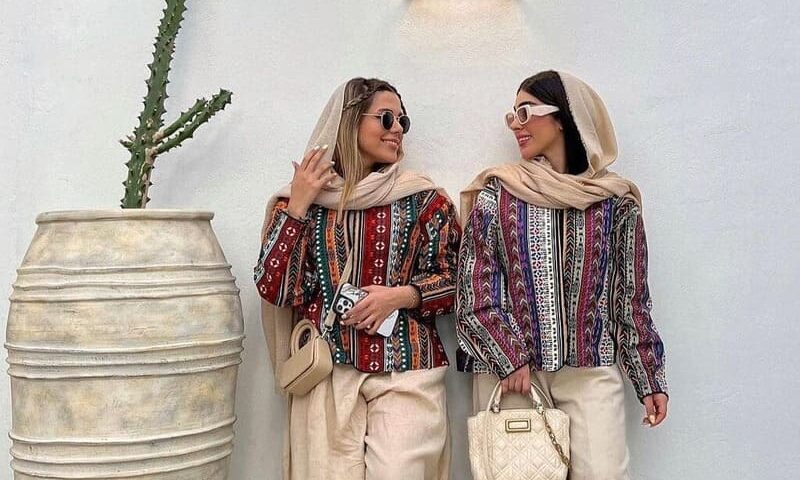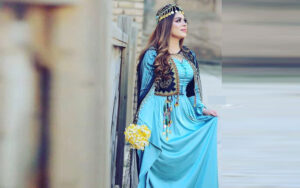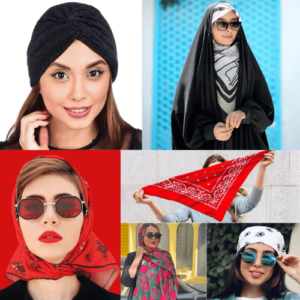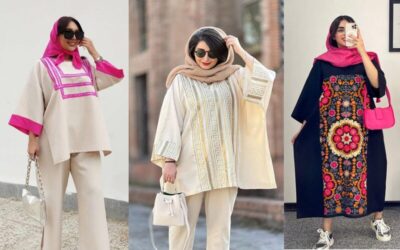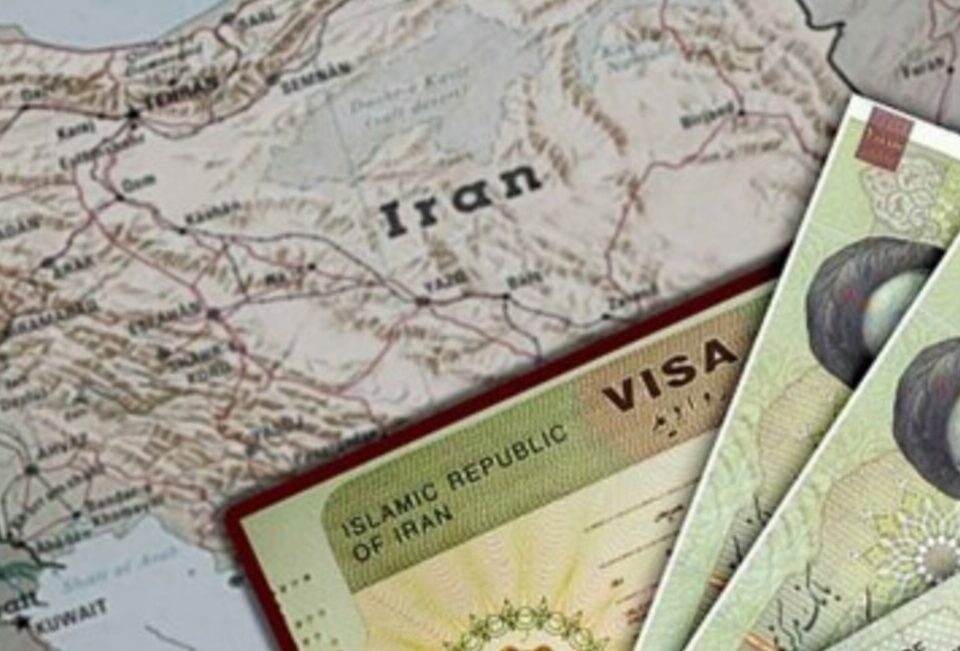Introduction
Welcome to the captivating realm of Iran dress code, a subject that is not only a reflection of women’s dress code and fashion but also deeply rooted in Iran’s cultural and religious values. The attire in Iran has evolved over centuries, witnessing changes influenced by historical events and societal norms.
In this article, we will delve into the various aspects of the Iran dress code, women’s dress code, understanding its significance, its connection to tradition and religion, and how both locals and tourists can respectfully stick to it. So, let’s embark on this informative journey through the deep world of Iran’s dress code.
A Complete Guide to Dress Code in Iran: Adopting Cultural Etiquette
While you are on an Iran tour, dressing appropriately is not only a matter of fashion but also a way of showing respect for Iran’s rich cultural heritage and religious beliefs. This complete guide to the dress code in Iran will provide you with valuable insights into the intricacies of dressing respectfully and embracing Iran cultural etiquette.
From understanding the significance of traditional garments to practical tips for tourists, this comprehensive guide will help you navigate the intricacies of Iran’s dress code with confidence. By adopting cultural etiquette and adhering to the guidelines, both locals and visitors can forge meaningful connections and experience the true essence of Iran’s vibrant culture.
Understanding the Cultural Significance
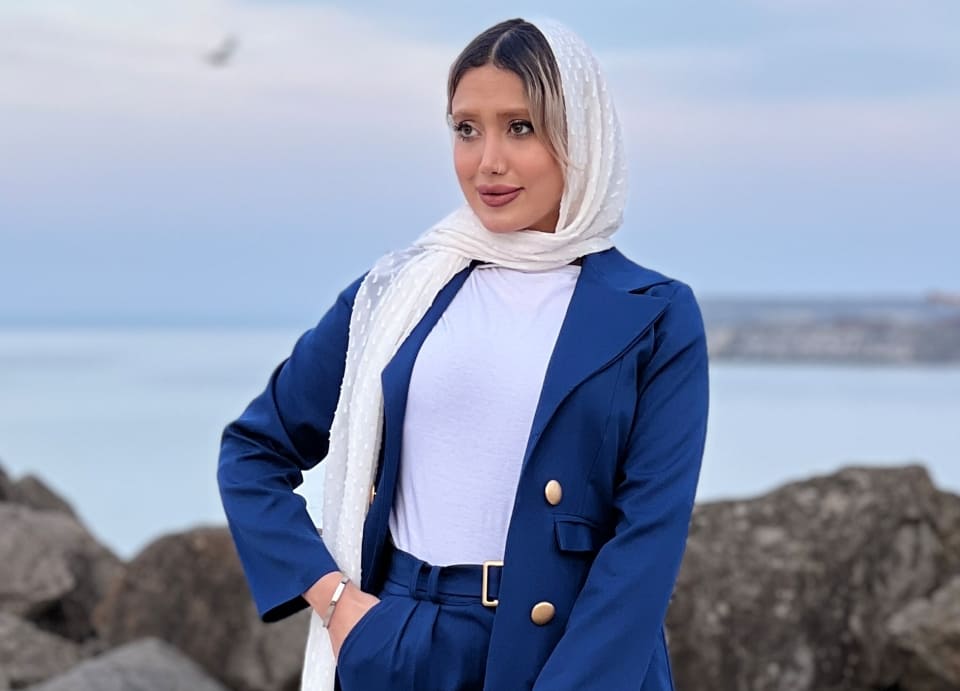 Iran is a country with a rich cultural heritage and deep-rooted traditions. Clothing plays a significant role in Iranian society, reflecting religious beliefs, social customs, and cultural norms. By adhering to the dress code, you not only show respect for the local culture but also have the opportunity to engage more deeply with the Iranian way of life.
Iran is a country with a rich cultural heritage and deep-rooted traditions. Clothing plays a significant role in Iranian society, reflecting religious beliefs, social customs, and cultural norms. By adhering to the dress code, you not only show respect for the local culture but also have the opportunity to engage more deeply with the Iranian way of life.
Iran’s cultural heritage is influenced by various factors, including its history, religion, and regional customs. The dress code in Iran is rooted in Islamic principles and traditional values, symbolizing modesty, dignity, and respect.
It is important to recognize that the dress code is not intended to restrict personal freedom but rather to promote cultural harmony and social cohesion.



